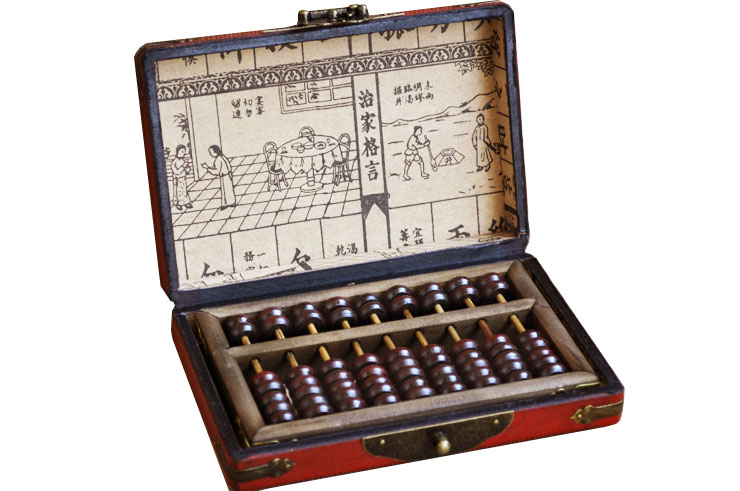


Romans developed an easier way to use the abacus called the ‘Roman Hand Abacus’. This description gave rise to the Greek word ‘ABAX’ from which abacus sourced its etymology.Īs time passed, numbers and calculations emerged as a vital part of trade and commerce. The earliest form of abacus was a reckoning table covered with sand or fine dust, in which fingers were drawn using a stylus, and erased with the same, when necessary. However, there are no facts that support the confirmed statement about the invention of the abacus. The design of abacus kits remains to be in a combination of rods and pebbles. Time, people and technology improved the abacus. As time passed by, the design of an abacus kit has widely varied in terms of style, size and material. Countries like Taiwan, Korea, Malaysia and Japan were smitten by the abacus fever. Meanwhile, the abundant fame of success for abacus began to spread. Historians believe it was the Chinese minds who invented the Abacus around 500BC. Besides, it has its share of evolution in terms of design and usage. Written by Hua Yingchun, Chinese Abacus History provides a holistic account of the device's origin and development.Ģ013: Chinese zhusuan, or the knowledge and practices of abacus arithmetic calculations, was inscribed on the Intangible Cultural Heritage list at the eighth annual UNESCO World Heritage Congress on Dec 4 in Baku, Azerbaijan.Abacus is a man-made calculating device invented 5000 years ago. It is the oldest abacus bead found and dates to 1108, during the Song Dynasty (960-1279).ġ979: The Chinese Zhusuan Association's founding conference was held in Qinhuangdao, Hebei province, gathering more than 200 representatives from home and abroad.ġ987: The first monograph of the abacus' history was published. The 2.11-centimeter-wide wooden bead resembles the beads used today. The book was compiled during Ming Dynasty (1368-1644) emperor Yongle's reign.ġ929: An abacus bead was unearthed in Julu county, Hebei province. In the painting Riverside Scene at Qingming Festival, created by Zhang Zeduan (1085-1145), the suanpan can be seen on an herbal medicine shop's desk.ġ403-1425: Standardized measurements of all the parts of an abacus, indicating the sizes of the rods and frames, were recorded in The Carpenter Classic of Lu Ban. This is direct evidence of its spread as a calculation tool. It's believed the abacus had by then taken a form like today's.ġ102-1110: A suanpan, or abacus, first appeared in a painting. Other methods included counting rods, mental arithmetic and the like. But some believe the beads are instead ammunition for such toys as slingshots.ĪD 1st-2nd centuries: Methods for computing square roots, cube roots and other complex operations using counting rods were recorded in Jiuzhang Suanshu, or Nine Chapters on the Mathematical Art - one of China's earliest mathematical texts.ĪD 561-577: The Chinese expression zhusuan, or abacus calculation, first appeared as one of the 14 calculation methods in Shu Shu Ji Yi, or Notes on Traditions of Arithmetic Methods. Supported by the 1976 archaeological discovery of 90 ceramic beads in Qi county, Shaanxi province. Culture that counts Vidieo: Kids find abacus a total alien objectġ095-90 BC: Earliest date of possible origin of abacus calculation in China.


 0 kommentar(er)
0 kommentar(er)
